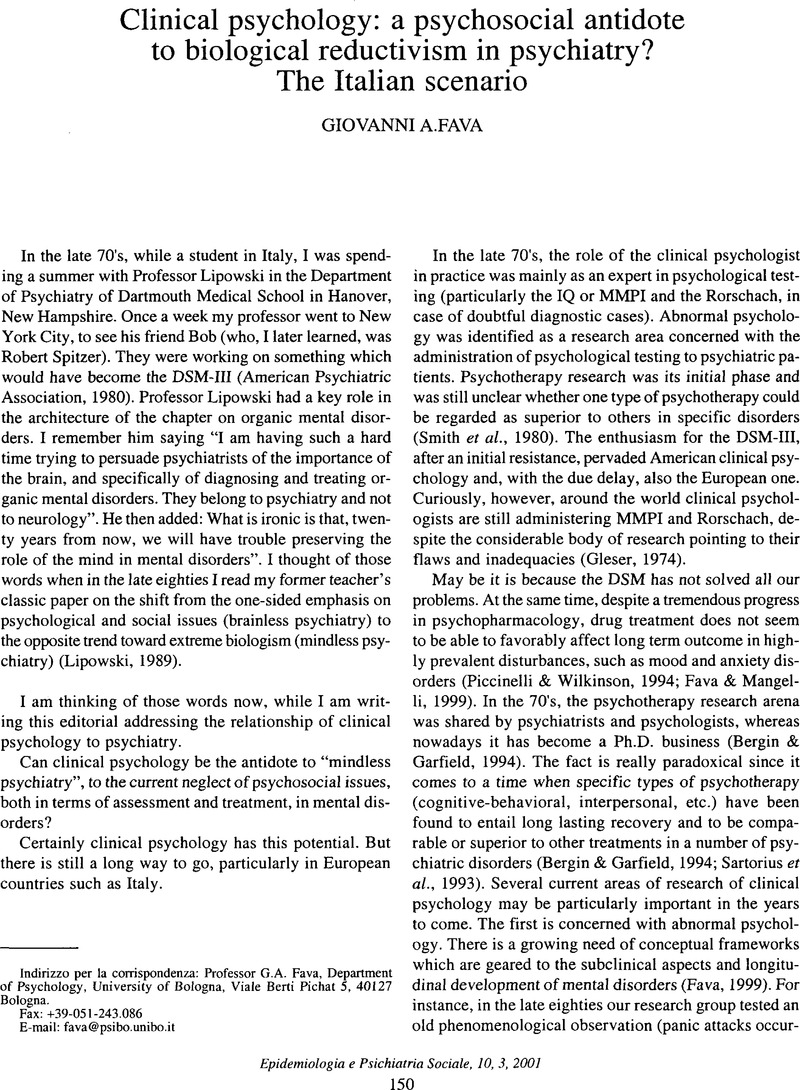Crossref Citations
This article has been cited by the following publications. This list is generated based on data provided by Crossref.
Fava, Giovanni A.
and
Mangelli, Lara
2001.
Assessment of subclinical symptoms and psychological well-being in depression.
European Archives of Psychiatry and Clinical Neuroscience,
Vol. 251,
Issue. S2,
p.
47.
Morales-Monsalve, Manuel
Maldonado-Duran, J. Martin
and
Chandra, Prakash
2023.
Handbook of Mind/Body Integration in Child and Adolescent Development.
p.
63.





